
How to Use ldr 2: Examples, Pinouts, and Specs
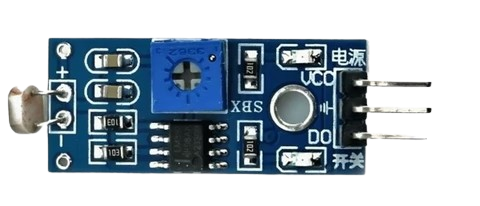
 Design with ldr 2 in Cirkit Designer
Design with ldr 2 in Cirkit DesignerIntroduction
A Light Dependent Resistor (LDR), also known as a photoresistor, is a passive electronic component whose resistance decreases as the intensity of incident light increases. This property makes it an ideal choice for light-sensing applications. The LDR 2 is a standard light-dependent resistor with moderate sensitivity and is widely used in circuits requiring light detection or automatic light control.
Explore Projects Built with ldr 2
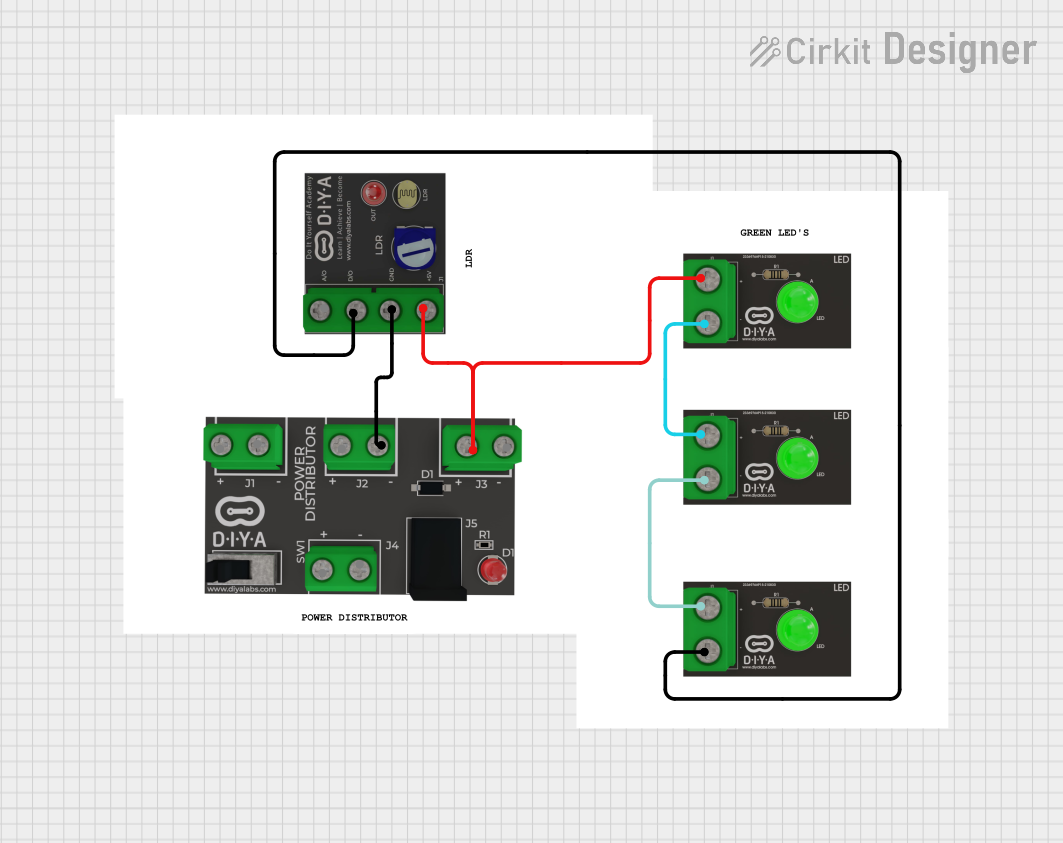
 Open Project in Cirkit Designer
Open Project in Cirkit Designer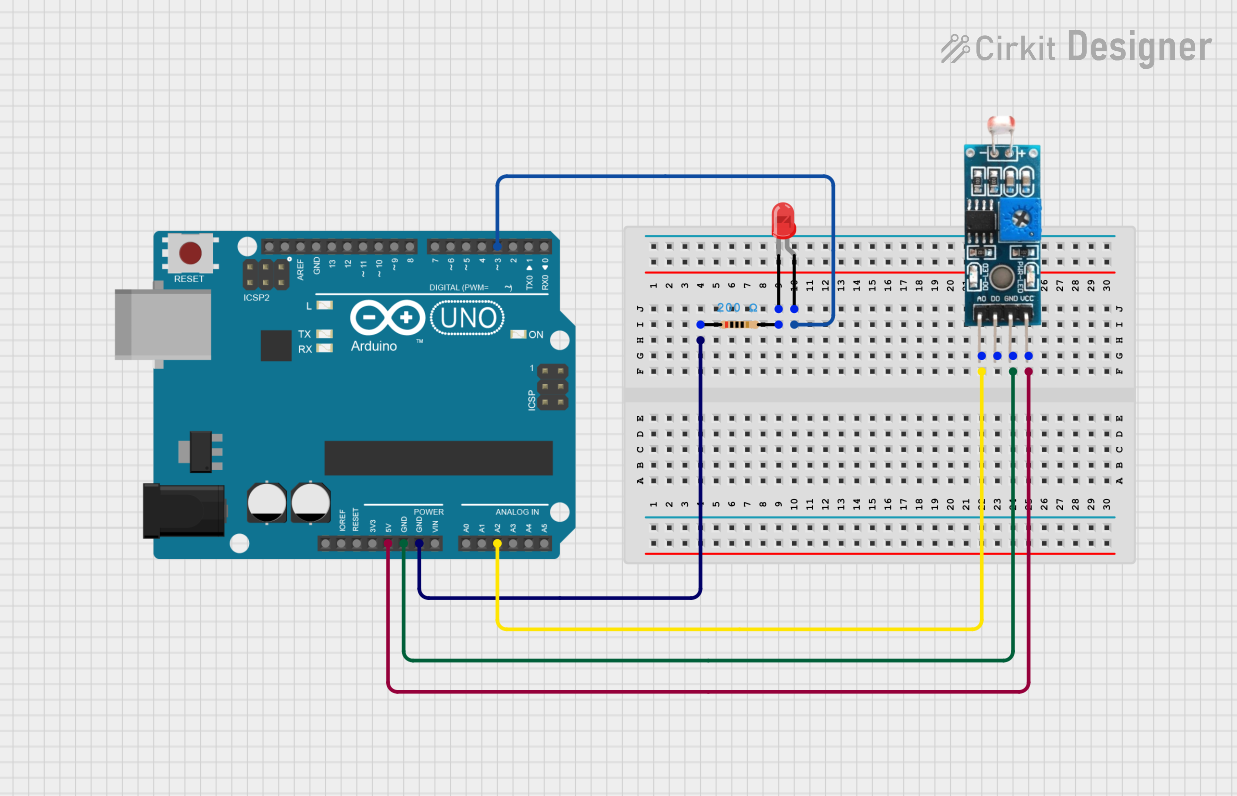
 Open Project in Cirkit Designer
Open Project in Cirkit Designer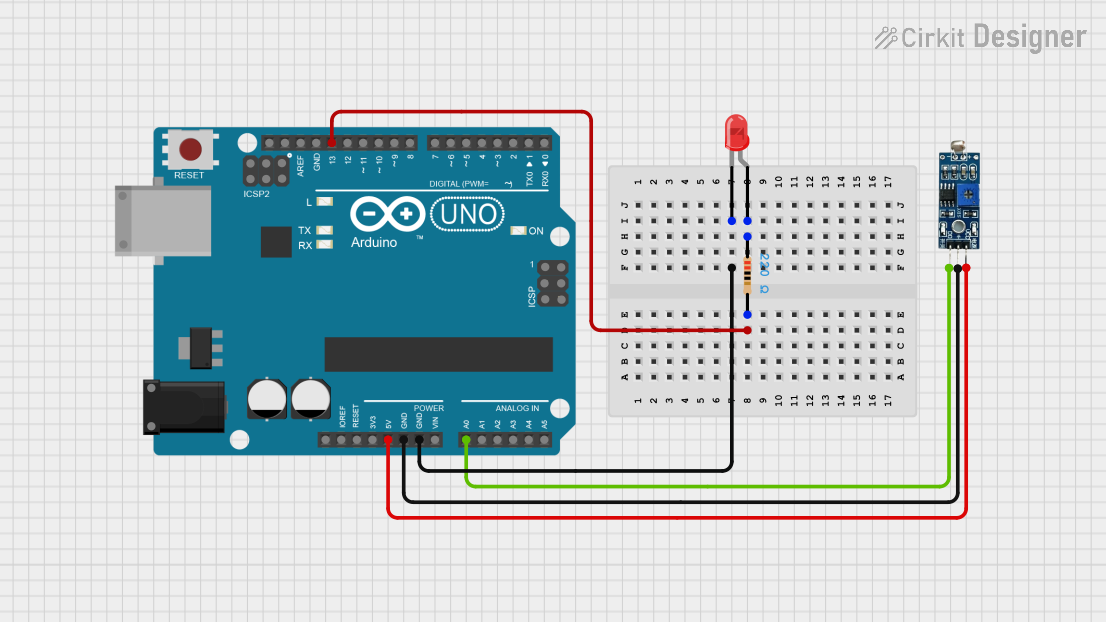
 Open Project in Cirkit Designer
Open Project in Cirkit Designer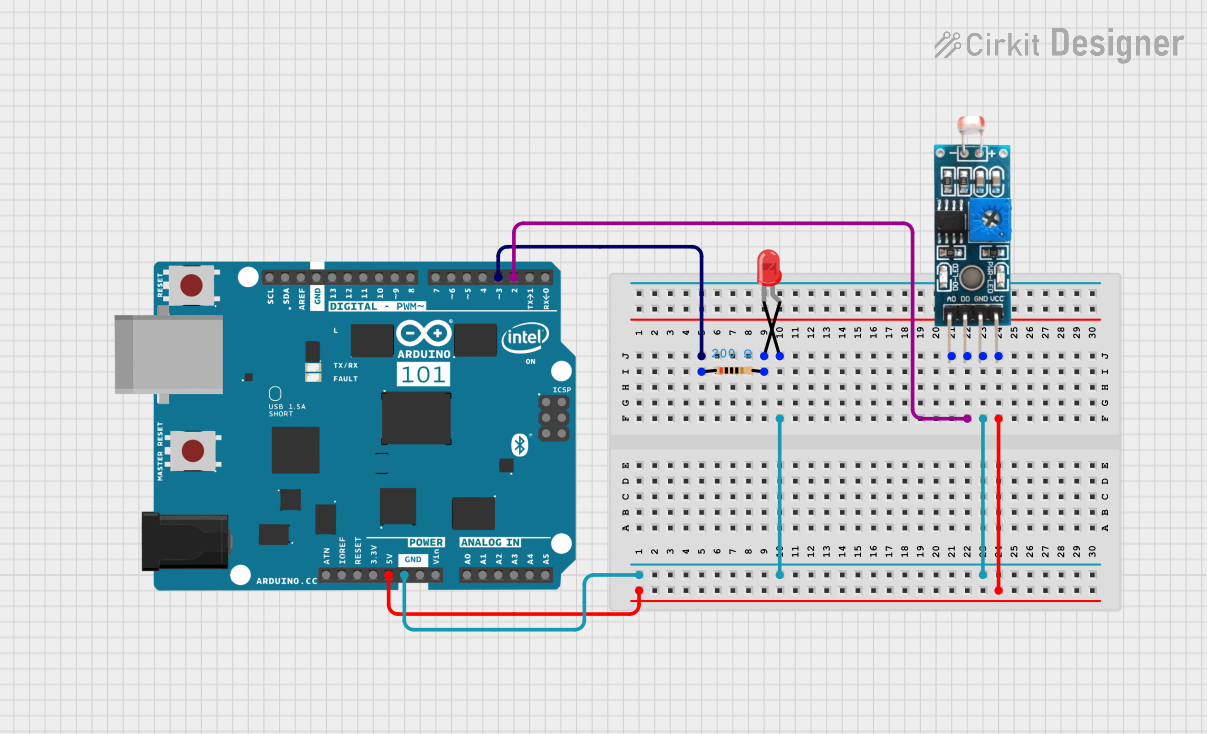
 Open Project in Cirkit Designer
Open Project in Cirkit DesignerExplore Projects Built with ldr 2

 Open Project in Cirkit Designer
Open Project in Cirkit Designer
 Open Project in Cirkit Designer
Open Project in Cirkit Designer
 Open Project in Cirkit Designer
Open Project in Cirkit Designer
 Open Project in Cirkit Designer
Open Project in Cirkit DesignerCommon Applications and Use Cases
- Automatic street lighting systems
- Light intensity measurement devices
- Alarm systems triggered by light changes
- Solar tracking systems
- Brightness control in displays
Technical Specifications
Below are the key technical details of the LDR 2:
| Parameter | Value |
|---|---|
| Resistance (Dark) | 1 MΩ (typical) |
| Resistance (Bright) | 1 kΩ to 10 kΩ (typical) |
| Maximum Voltage | 150 V |
| Power Dissipation | 100 mW |
| Response Time (Rise) | 20 ms |
| Response Time (Fall) | 30 ms |
| Operating Temperature | -30°C to +70°C |
| Material | Cadmium Sulfide (CdS) |
Pin Configuration and Descriptions
The LDR 2 is a two-terminal device. The pins are not polarized, meaning it can be connected in either direction in a circuit.
| Pin | Description |
|---|---|
| Pin 1 | One terminal of the resistor |
| Pin 2 | The other terminal of the resistor |
Usage Instructions
How to Use the LDR 2 in a Circuit
Basic Circuit Connection:
- Connect one terminal of the LDR to a voltage source (e.g., 5V).
- Connect the other terminal to a pull-down resistor (e.g., 10 kΩ) and then to ground.
- The junction between the LDR and the pull-down resistor serves as the output voltage point, which varies with light intensity.
Interfacing with an Arduino UNO:
- Connect the LDR and a pull-down resistor as described above.
- Connect the output voltage point to an analog input pin (e.g., A0) on the Arduino UNO.
- Use the following code to read and display the light intensity:
// Arduino code to read LDR values and display them on the Serial Monitor
const int ldrPin = A0; // Define the analog pin connected to the LDR
void setup() {
Serial.begin(9600); // Initialize serial communication at 9600 baud
}
void loop() {
int ldrValue = analogRead(ldrPin); // Read the analog value from the LDR
Serial.print("LDR Value: "); // Print a label for the value
Serial.println(ldrValue); // Print the LDR value
delay(500); // Wait for 500 ms before the next reading
}
Important Considerations and Best Practices
- Avoid Overvoltage: Ensure the voltage across the LDR does not exceed its maximum rating of 150 V.
- Use a Suitable Pull-Down Resistor: The value of the pull-down resistor should be chosen based on the expected light conditions. A 10 kΩ resistor is a good starting point for most applications.
- Protect from Extreme Conditions: Avoid exposing the LDR to temperatures beyond its operating range (-30°C to +70°C) or to excessive humidity, as this may degrade its performance.
- Response Time: Note that the LDR has a slower response time compared to photodiodes or phototransistors, making it less suitable for high-speed light detection.
Troubleshooting and FAQs
Common Issues and Solutions
No Change in Output Voltage:
- Cause: The LDR may not be exposed to sufficient light variation.
- Solution: Test the circuit in varying light conditions or use a flashlight to simulate changes in light intensity.
Output Voltage is Always High or Low:
- Cause: Incorrect pull-down resistor value or a faulty LDR.
- Solution: Verify the pull-down resistor value and replace the LDR if necessary.
Inconsistent Readings:
- Cause: Electrical noise or loose connections.
- Solution: Use shorter wires, ensure secure connections, and consider adding a capacitor across the LDR terminals to filter noise.
FAQs
Q1: Can the LDR 2 detect infrared light?
A1: The LDR 2 is primarily sensitive to visible light. It has limited sensitivity to infrared light and is not ideal for IR-specific applications.
Q2: How do I choose the pull-down resistor value?
A2: The pull-down resistor value depends on the expected light intensity range. For general use, a 10 kΩ resistor works well. For low-light conditions, a higher resistance (e.g., 100 kΩ) may be more suitable.
Q3: Can I use the LDR 2 in outdoor applications?
A3: Yes, but ensure the LDR is protected from moisture and extreme temperatures. Use a weatherproof enclosure if necessary.
Q4: What is the lifespan of the LDR 2?
A4: The LDR 2 has a long lifespan if operated within its specified limits. However, prolonged exposure to high temperatures or humidity can reduce its performance over time.